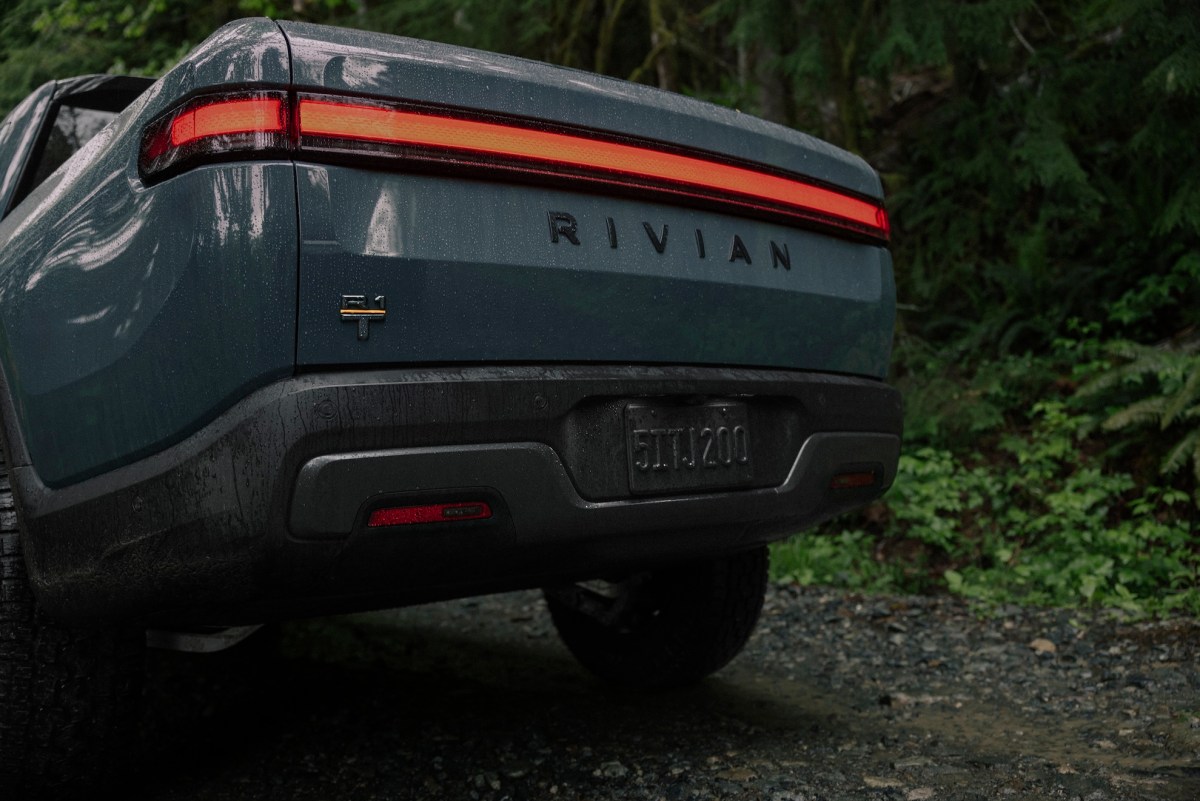Rivian Faces Tough Year Ahead with Significant Drop in Deliveries
Rivian, a prominent player in the electric vehicle (EV) market, faced a challenging start to 2024 with only 8,640 vehicle deliveries in the first quarter. This figure marks the company’s lowest quarterly performance since late 2022. Despite this setback, Rivian remains optimistic about its annual targets, projecting between 46,000 and 51,000 EVs by the end of 2025.
Challenges in Q1 2024
During a recent conference call, Rivian’s Chief Financial Officer outlined the factors contributing to the sluggish start. The company highlighted a “challenging demand environment” influenced by the recent fires in Los Angeles, along with seasonal sales trends that typically impact early-year deliveries. However, Rivian successfully manufactured 14,611 vehicles during this quarter.
Plans for Affordable EVs
The disappointing first quarter is just the beginning of what is expected to be a tough year for Rivian. The company is gearing up to launch a more affordable mass-market EV by 2026, aiming to broaden its customer base.
Cost-Cutting Measures Yield Results
To improve profitability, Rivian has made significant adjustments to its flagship models, the R1S SUV and R1T pickup truck, reducing losses on each sale. Additionally, the company implemented workforce reductions, laying off 10% of its employees last year. These cost-saving measures began to reflect positively in Rivian’s financials for 2024, with a reported $170 million in gross profit in the last quarter of 2023, although $60 million of this was attributed to software and services.
Future Projections and Risks
Looking ahead, Rivian plans to maintain production levels similar to those of 2024, indicating that significant growth may not materialize until 2026. However, the company has expressed concern over potential government policy changes that could hinder its plans.
- President Trump has proposed a 25% tax on imported cars and parts, which could impact Rivian indirectly.
- Concerns exist over the potential reduction or elimination of the $7,500 federal EV tax credit, which currently helps offset the high costs of Rivian’s vehicles.
- Rivian is also pursuing a new factory in Georgia, supported by a $6.6 billion loan from the Department of Energy.
While Rivian builds its EVs in Illinois, thereby avoiding the import tax directly, changes in regulations and government support could still pose challenges for the company’s future.
For more information on Rivian and the evolving EV landscape, visit Rivian’s official website or check out our detailed analysis on EV market trends.







